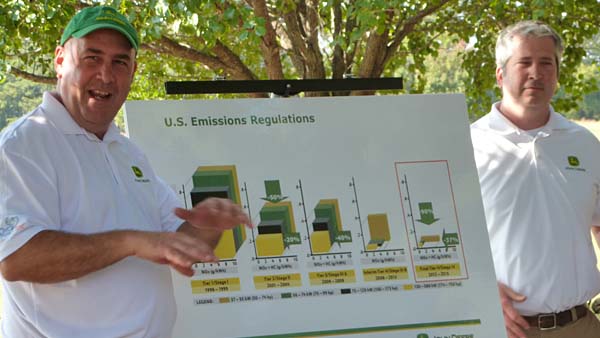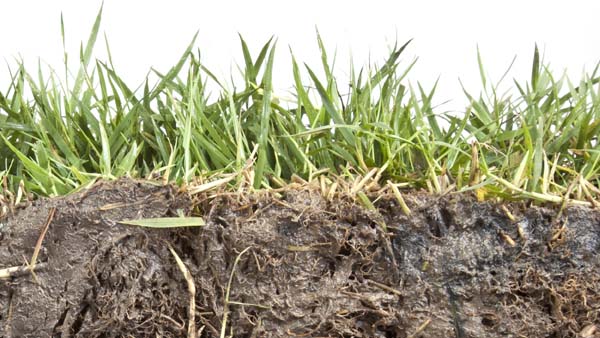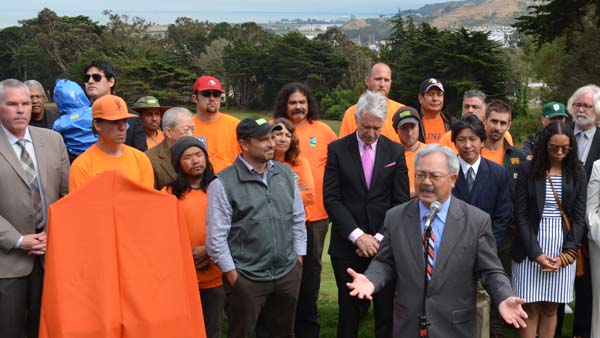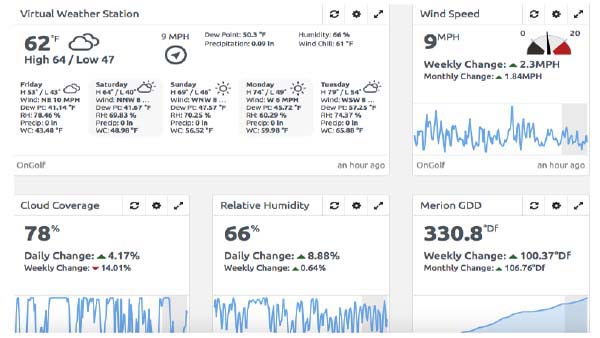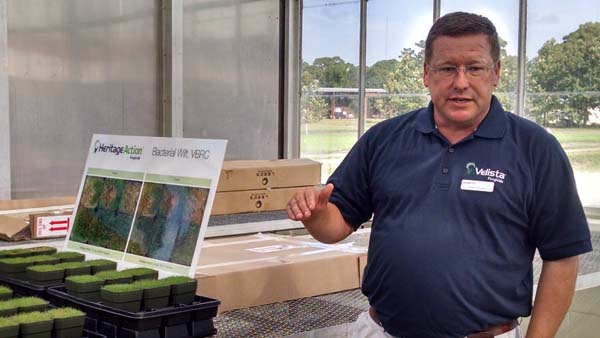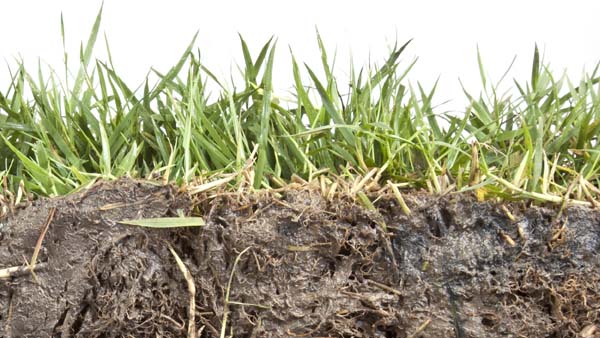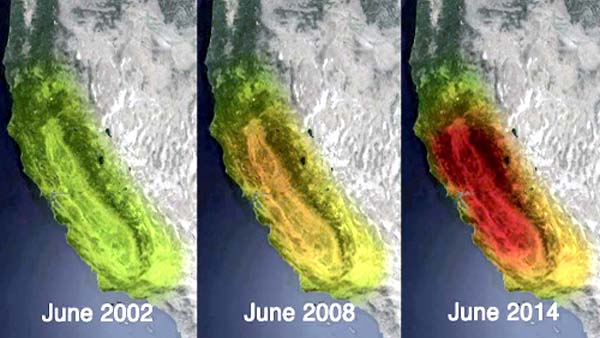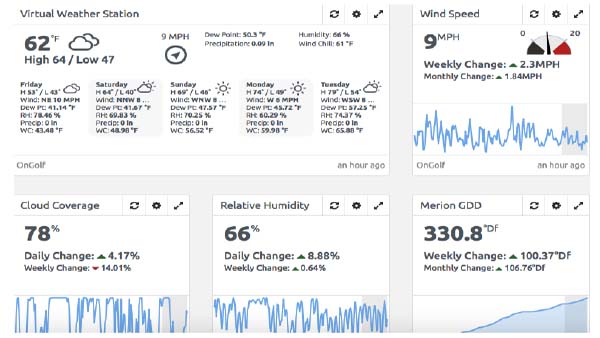
News and people briefs
By John Reitman, in News,

Platte River Equity has acquired Profile Products.
A private equity firm, Platte River Equity plans to grow the Profile Products brand both organically and through subsequent acquisitions.
Profile Products will continue to operate with the same management team, 200-plus-employee workforce and existing locations in Buffalo Grove, Illinois, Conover, North Carolina, Blue Mountain, Mississippi, and Limestone, Tennessee.
During the past six decades, Profile has developed innovative erosion and sediment control products, turf establishment products, and complementary solutions designed to minimize soil loss and accelerate seed germination for private and civil construction, energy, mining, landfill, agriculture, horticulture, sports fields, golf courses, and retail lawn and garden applications. Its products are sold in 75 countries on six continents.
The transaction closed on May 21. Financial details were not disclosed.
Syngenta names new territory managers
Syngenta has named Adam Garr and Chris Threadgill as new territory managers for its turf and ornamental segment.
A former golf course superintendent, Garr will be responsible for sales efforts in the lower part of Michigan. He has more than 16 years of experience in the turf industry, including the past 6 as superintendent at Plum Hollow Country Club in Southfield, Michigan.
Threadgill, has nearly 30 years of experience in the horticulture industry, including prior posts with The Scotts Co. and Valent U.S.A. Corp.
Five students receive Garske grants
Kelsi Stieler, Brooks Leftwich, Alexis Gomez, Dalton Trout and Heidi Kastenholz were named recipients of the 2015 Joseph S. Garske Collegiate Grants.
Established in honor of Par Aide company founder Joseph S. Garske, the Garske grant program is funded by the golf course accessory company and administered by the GCSAA's Environmental Institute for Golf.
The program helps children and stepchildren of GCSAA members fund their education at an accredited college or trade school with one-time, one-year grants, awarded to five winners. Grants are based on community service, leadership, academic performance and a written essay.
Stieler (Fresno State, $2,500) is the daughter of Michael F. Stieler of Spring Creek Golf and Country Club in Ripon, California. Leftwich (University of Tennessee, $2,000) is the son of retired superintendent Michael C. Leftwich. Gomez (Texas Tech University, $1,500) of Summit Rock Over Horseshoe Bay Golf Course in Horseshoe Bay, Texas. Trout (Penn State, $1,000) is the son of David L. Trout of Azalea Sands Golf Club in North Myrtle Beach, South Carolina. Kastenholz (Butler University, $500) is the daughter of Mark Kastenholz of Tipton (Indiana) Golf Course.
- Read more...
- 3,387 views


